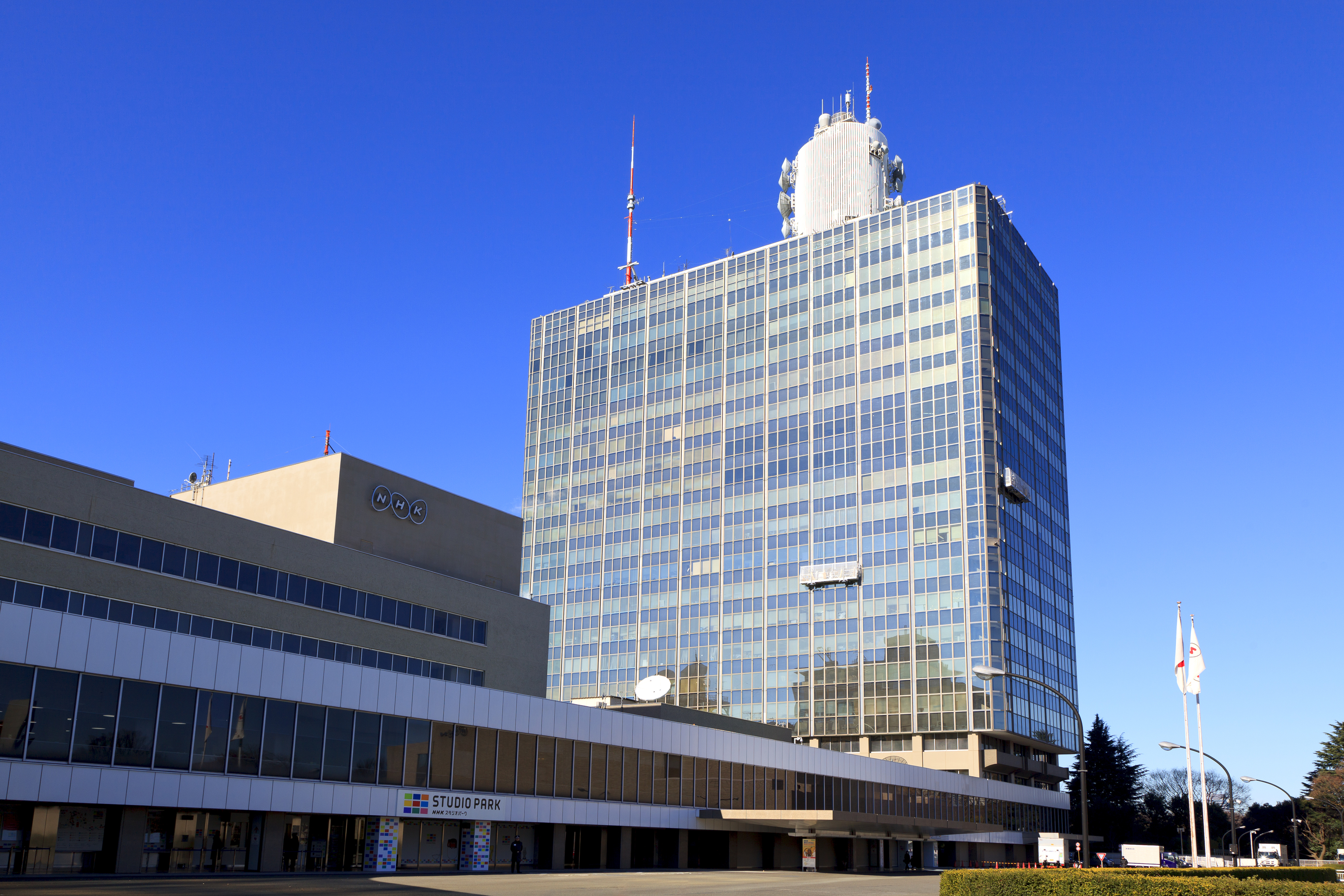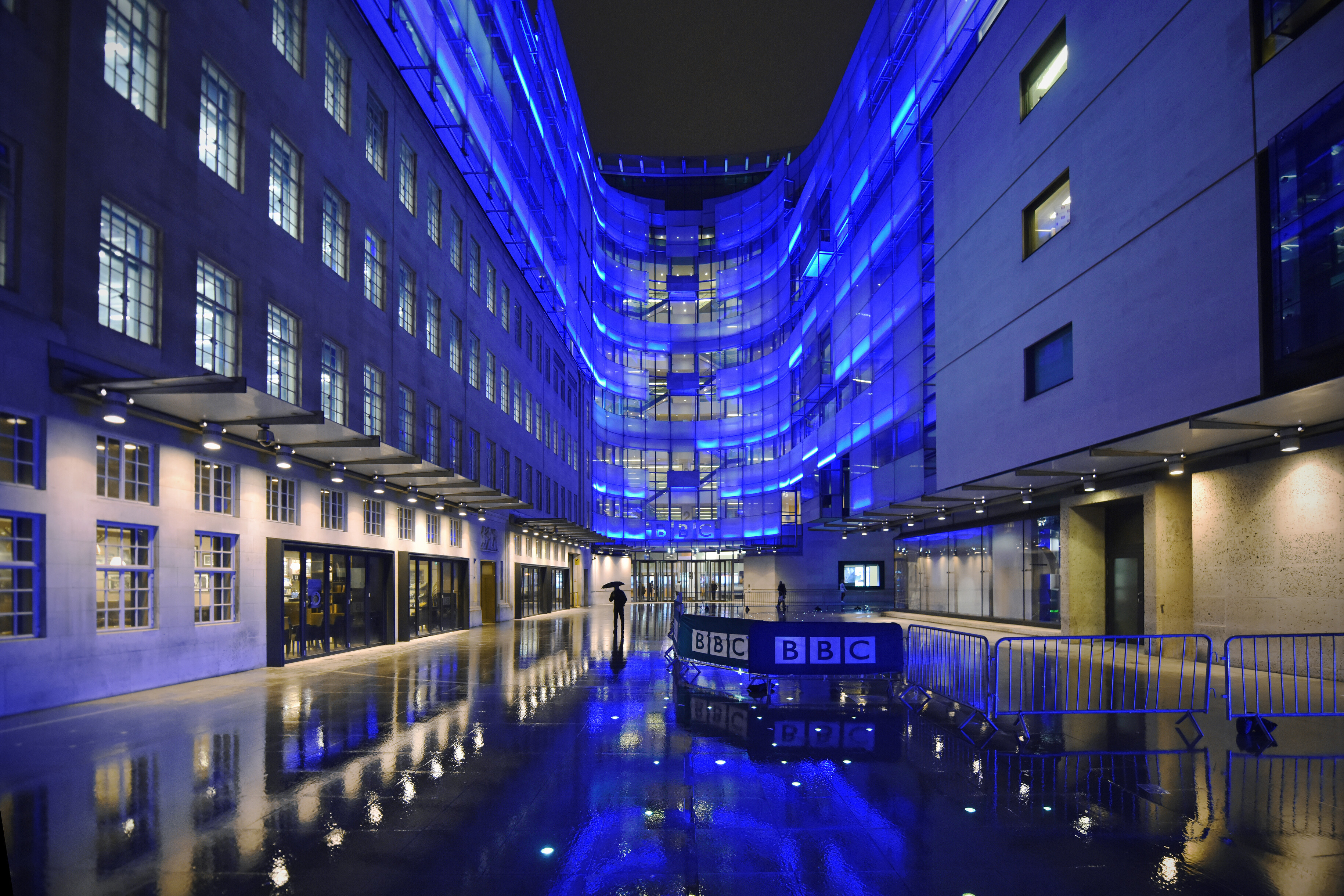South America is not known for its well-established and well-funded public media institutions. In many countries, these organisations do not exist and where they do, they face immense threats to their stability and longevity.
However, Argentina is a country that seems to be making strides towards a more resilient public media system. After several years of instability, its new leadership appears to be pushing for the true purpose of public media: to be accountable to the people.
Televisión Pública Argentina and Radio Nacional Argentina are managed by the Radio y Televisión Argentina Sociedad del Estado, which was created in 2009 in tandem with the Audiovisual Media Law. The new law was enacted with the intent of cultivating greater freedom of expression, strengthening the focus on human rights as well as limiting “concentration and market domination”.
With the enactment of the law, both the regulatory authority and the state-run media ceased to be fully controlled by the government in power. However, the extent of such laws only come into fruition when they are executed by those who want to see the public media system succeed.
In 2018, mass redundancies at the Télam news agency led to an outcry in fear of same happening to Argentina’s public media organisations. Lamentations about the country bowing to the pressures of the IMF under President Macri and the subsequent debt relieving strategies, which included hundreds of media workers losing their jobs, painted a bleak picture for public media.
At the end of 2019, Rosario Lufrano was appointed as the head of Radio Televisión Argentina (RTA) Sociedad del Estado, the institution that manages the country’s national media, including Televisión Pública Argentina and Radio Nacional as well as 49 National Radio stations throughout the country.
In a recent speech, she criticised the previous administration saying, “During these four years the message has been privatised and they used an excel payroll to manage public media. ” Here Lufrano is referring to the co-opting of the public media system for the needs of the state.
Lufrano also laid out plans for the intended future of the organisation with the overarching aim of “rebuilding links with the workers and Argentine citizens.” Increasing public content that reflects the pluralism and diversity of the country is a top priority, especially in the areas of women’s rights and climate change. Lufrano pointed out that during the last administration, no public content was made and now one of the main goals is to do just that.
Lufrano also met with Radio Nacional workers and spoke with them about projects the new management wanted to execute. After a history of redundancies and a lack of access to the administration, Lufrano insisted on communicating to the workers, saying that her team is here “To listen to them, to hug them and tell them we are here.”
Joining Lufrano will be Francisco Meritello, who now leads el Sistema Federal de Medios y Contenidos Públicos and Bernarda Llorente, the previous artistic director of Telefe, who now heads up Télam.
It would seem that a female presence in the leadership circle is a key element of the new management team, which is already inspiring hope and change.
Now more than ever, public media across the world is in crisis. It is paramount to that governments support and understand the value of these institutions while simultaneously guaranteeing their independence. While the continent has a long way to go to attain those goals, it seems that Argentina is leading the way in reforming its public service media.
Header image: Panoramic aerial view of Downtown Argentina – Buenos Aires, Argentina. Credits: diegograndi/iStock
Related Posts
25th October 2019
Focus on PSM | The challenges facing the BBC
Concerns over transparency, relevance,…



